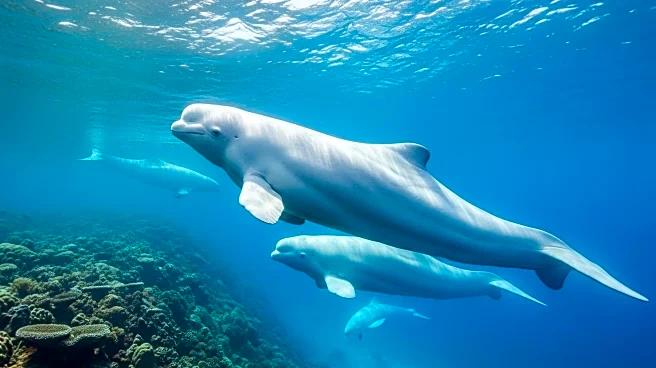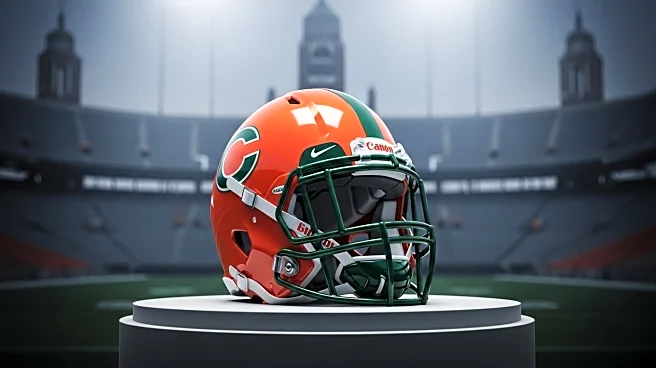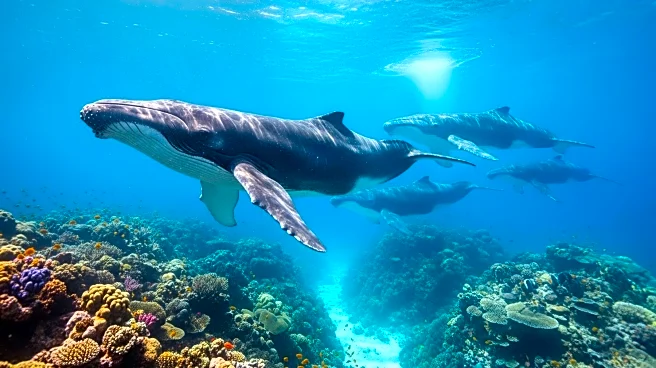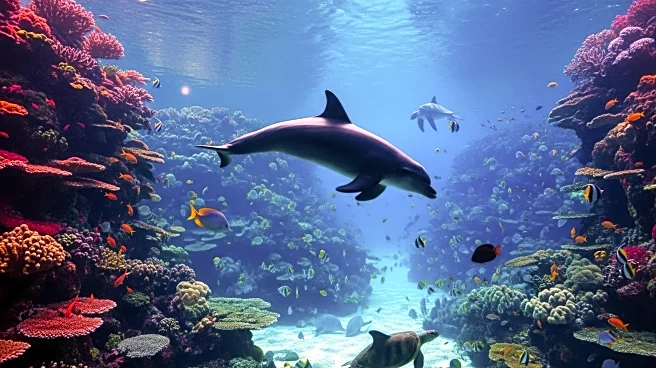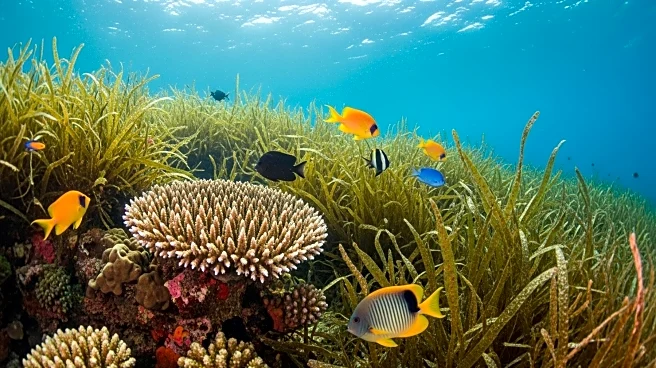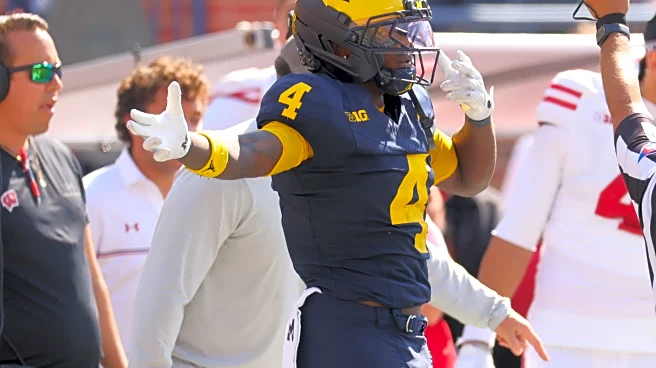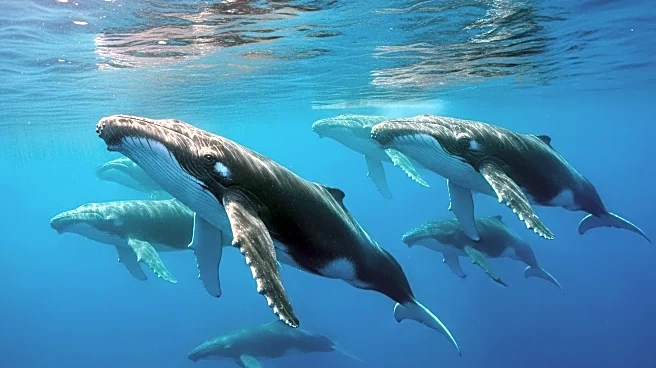What's Happening?
The Miami Seaquarium, located on Virginia Key, has closed its doors following years of controversy regarding the treatment of marine animals. The facility has been under scrutiny for its care practices, which have sparked debates among animal rights activists and the public. Despite the closure, some visitors have expressed that their experiences at the Seaquarium were enjoyable, although many were unaware of the issues surrounding the facility's legacy. The closure marks a significant shift in the local landscape, as the Seaquarium has been a longstanding attraction in the Miami area.
Why It's Important?
The closure of the Miami Seaquarium is significant as it highlights ongoing concerns about animal welfare in entertainment facilities. This development may influence public policy and regulatory measures concerning the treatment of marine animals in captivity. Animal rights groups have long advocated for improved conditions and transparency in such facilities, and the Seaquarium's closure could serve as a catalyst for broader changes in the industry. The impact on local tourism and the economy is also noteworthy, as the Seaquarium was a popular destination for visitors to Miami.
What's Next?
Following the closure, there may be increased pressure on other marine attractions to reassess their animal care practices. Regulatory bodies could implement stricter guidelines to ensure the welfare of animals in similar facilities. Additionally, the site of the former Seaquarium may be repurposed for other uses, potentially affecting local businesses and tourism. Stakeholders, including animal rights organizations and local government officials, are likely to engage in discussions about the future of such attractions and the ethical considerations involved.
Beyond the Headlines
The closure of the Miami Seaquarium may prompt a broader cultural shift in how society views the use of animals for entertainment. Ethical considerations regarding the captivity of marine animals could lead to increased advocacy for alternative, non-invasive ways to educate the public about marine life. This event may also inspire further research into the psychological and physical impacts of captivity on marine animals, influencing future conservation efforts.

